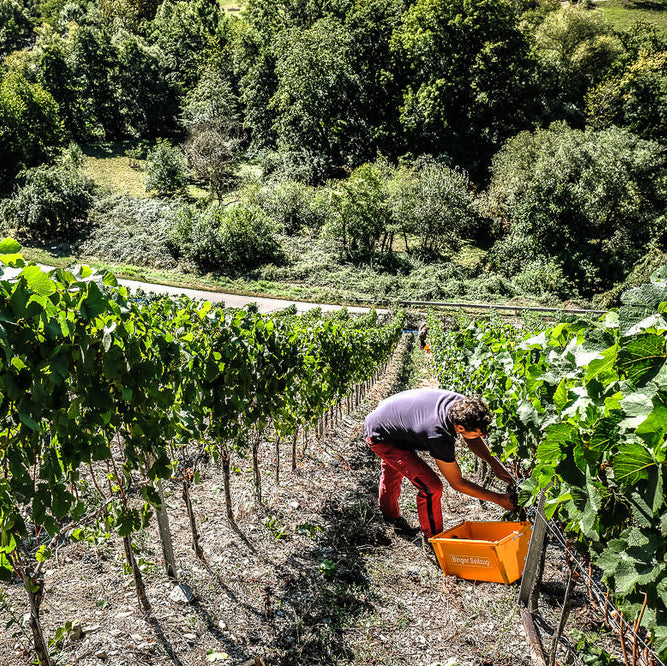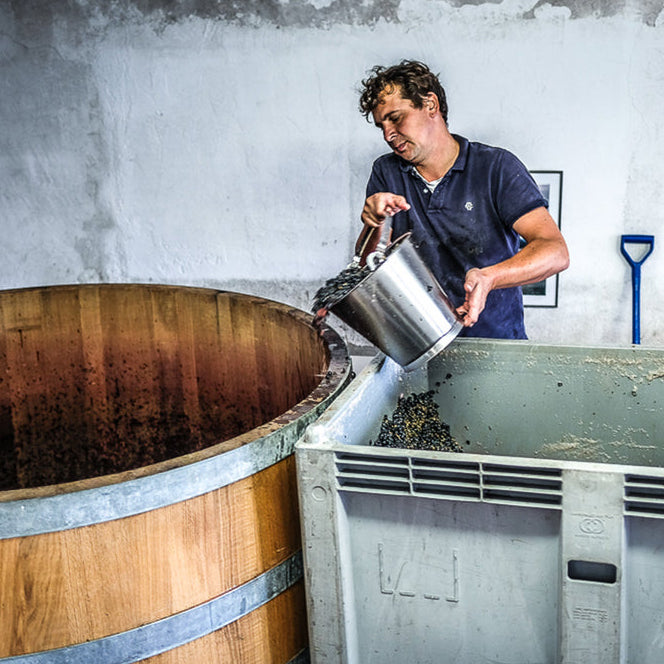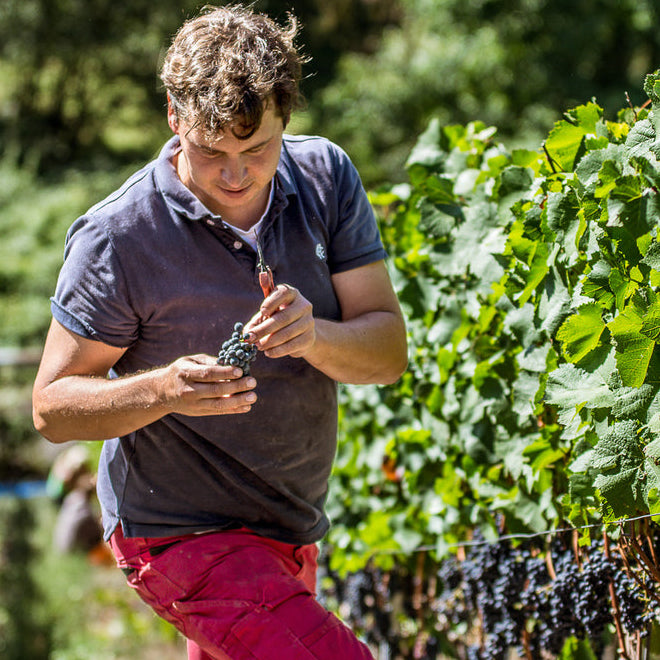TwardowskiPinot Noir “Ardoise” 2018 (750ml)
Country:
Germany
Unit Type:
750ml
Estimated Price:
$150
Find a Bottle Near You
Find a Bottle
Twardowski’s project is, quite simply, a profound reckoning with this assumption, and with climate change. It is the first estate in the Mosel in well over a century, to focus solely on red wine production. As you likely know, there are at this point some very serious Pinots being made in the Mosel (from Ulli Stein, who farms some of the oldest Pinot Noir in the Mosel and has recently acquired a barrel from Twardowski, to Heymann-Löwenstein, Günther Steintmetz, Später-Veit and Hofgut Falkenstein in the Saar), yet all of these estates are founded on Riesling. Their Pinot Noirs are, even if very good, always secondary.
With Twardowski we see a profound break from this lineage, this assumption. While, at present, Twardowski is a pioneer, one has to admit that this project is likely a harbinger of things to come. Pinot Noir will likely be a very important part of the Mosel’s future.
The “Ardoise” (French for slate) is Twardowski’s main wine. It is a single-vineyard, “Grand Cru” Pinot Noir sourced from a tiny, 3-hectare plot within the Grand Cru Hofberg. It is deeply concentrated, elegant, with a precious energy – a cut and grip to it that is so rewarding.
| Address | Mosel |
|---|---|
| Country | Germany |
| Alcohol | 12.5% |
| Estimated Price | $150 |
| Pack Size | 6 |
| Unit Type | 750ml |
| Wine Class | Still Red |
| Mosel Fine Wines | The 2018er Pinot Noix Ardoise, as it is written on the consumer label, was made with 30% stems. This garnet-red colored wine offers an intense and concentrated nose of morello cherry, red currant, cassis jelly, licorice, cranberry, thyme, and laurel. It coats the palate with gently creamy and ripe fruits and leaves a superbly long, refreshing, and intense feel in the finish. The tannins are still quite noticeable at first but quickly become a lot classier, fleshier, and riper with extensive airing. A hint of tartness and zest floats around in the after-taste at this stage which will require a bit of patience for them to integrate. When the bottle is opened 1 or 2 days, the wine shows a more delicate, juicy, and even silky side. The depth and underlying complexity already come through and give already more than a hint of the class of this wine at maturity. | No 53 Aug 2020 |



